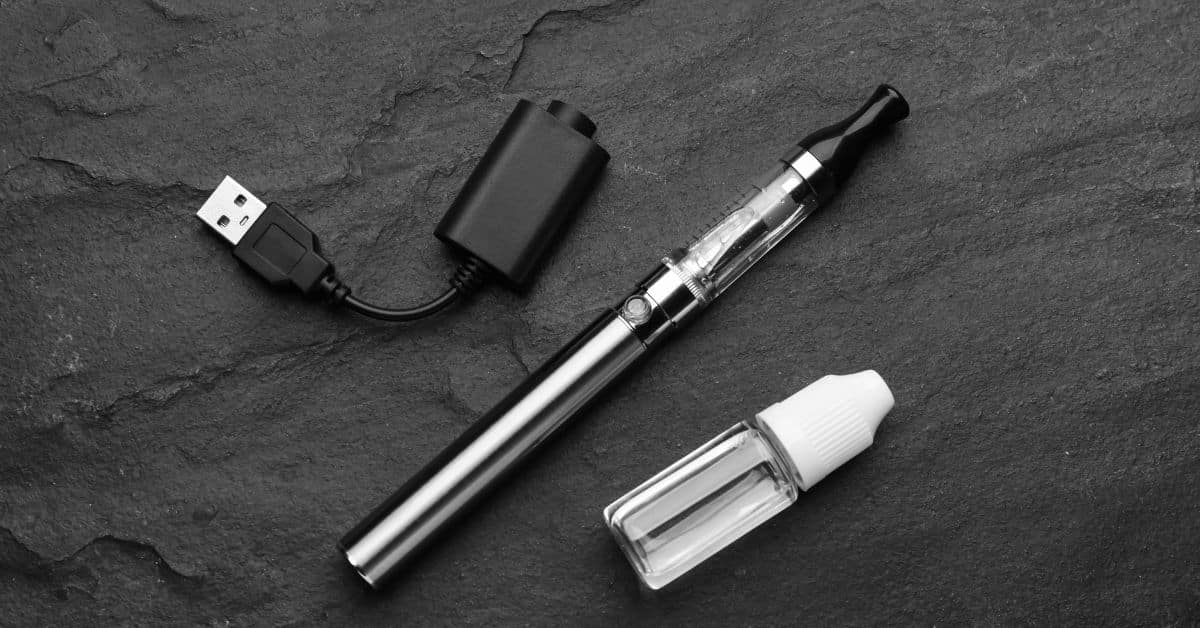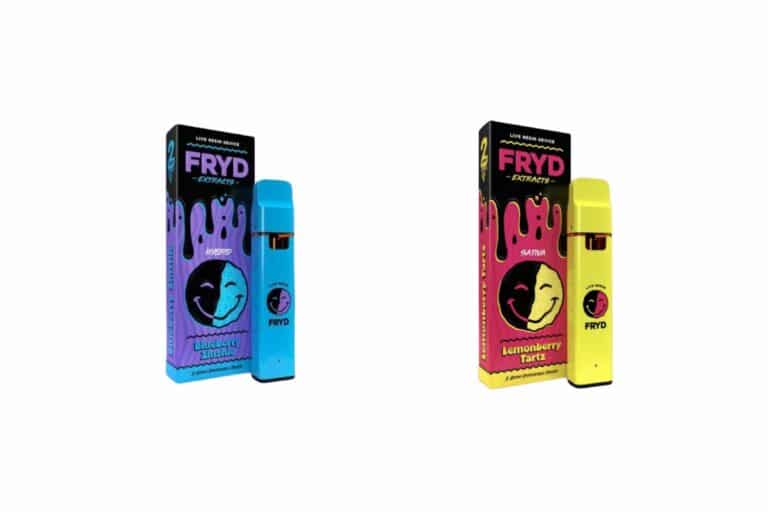How Long Do Rechargeable Vapes Last: An Expert’s Insight
Rechargeable vapes have become super popular, offering both convenience and savings. With their cool designs and fancy features, each one stands out from the crowd. The big question on everyone’s mind is durability: when will you need a new one? Well, it really depends on how you take care of it, keep it clean, and the battery’s lifespan. Stick around, because I’m about to spill not only some handy tips for making your vape last longer but also a couple of nifty tricks that aren’t common knowledge. This goldmine of information is perfect for vape lovers looking to get the most out of their device with minimal fuss.
To better understand the longevity of rechargeable vapes, it’s essential to consider factors such as the battery capacity and charging cycle, as well as the compatibility of various vaping components. Additionally, the capacity of vape juice and e-liquid, along with the type of vape coils and atomizers, play a role in determining the lifespan of your device. Incorporating proper maintenance routines and using the vape efficiently can extend its life, leading to a more satisfying user experience and reduced environmental impact.
Key Takeaways
- Longevity of rechargeable vapes depends on factors like battery life, maintenance, and individual vaping habits
- Proper device maintenance and compatible components can extend a vape’s lifespan, providing a satisfactory user experience
- Considering environmental and cost implications, rechargeable vapes offer a more sustainable and cost-effective option in the long run
Understanding Rechargeable Vapes
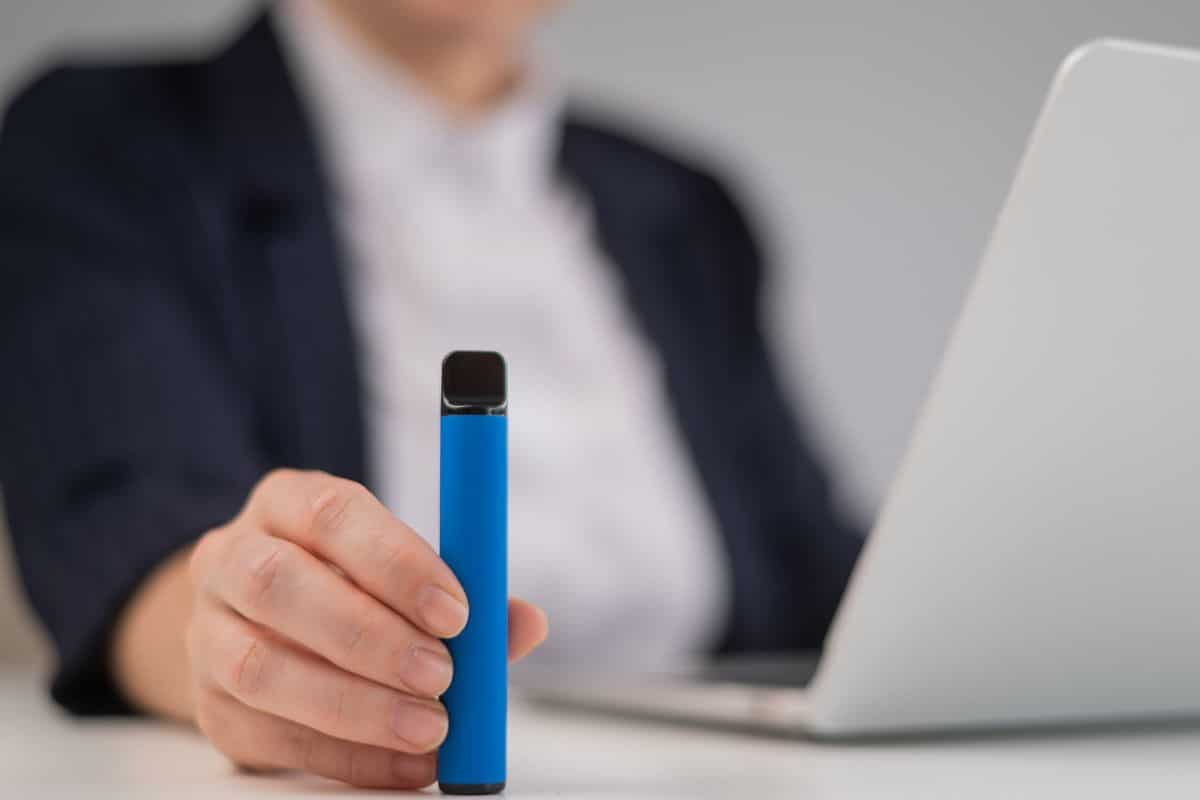
Rechargeable vapes are a popular choice for many users due to their cost-effectiveness, flexibility, and ease of use. These devices typically consist of three main components: a rechargeable battery, an atomizer or coil, and a cartridge or tank that holds the vape juice.
Rechargeable vape pens have a battery life that varies depending on the capacity of the lithium-ion battery used and the way the device is maintained. A higher-capacity battery will generally last longer between charges, allowing users to enjoy more puffs before needing to recharge the device. For example, a vape pen with a 650mAh battery could last for approximately 600-700 puffs, while one with a 900mAh battery may deliver up to 900-1000 puffs between charging.
Proper maintenance can also help extend the life of a rechargeable vape. Regularly cleaning the device and replacing the atomizer or coil when necessary can ensure optimal performance and prevent premature wear and tear on the battery. Additionally, using a high-quality vape juice can reduce residue buildup on the coil, prolonging its lifespan.
In contrast to disposable vapes, rechargeable vape pens offer a more cost-effective and environmentally friendly option. While disposable vapes can only be used until the pre-filled cartridge or battery is depleted, rechargeable devices allow users to refill the cartridge, extend battery life, and replace the atomizer or coil when necessary. These features not only help reduce waste but also provide more flexibility in choosing vape juice flavors and nicotine levels to suit individual preferences.
It is important to note that rechargeable vape pens come in various types and styles. Some may be designed for use with specific types of vape juice or cartridges, while others are compatible with a wider variety of options. In general, pairing a rechargeable device with a quality cartridge or vape juice can enhance the overall vaping experience.
In conclusion, understanding the components and maintenance of rechargeable vapes, as well as the benefits they offer over disposable alternatives, can help users make informed decisions when choosing a vaping device to suit their needs and preferences.
Battery Life and Charging

Battery Capacity
Rechargeable vapes are powered by lithium-ion batteries, which are known for their high energy density and long-lasting performance. The battery capacity, measured in milliampere-hours (mAh), determines how long a vape can operate before needing to be recharged. Higher capacity batteries, such as those with 2000mAh or more, can generally last longer between charges, leading to increased convenience for users. However, it’s important to note that the actual runtime of a vape will depend on personal usage habits and the power requirements of the device.
Charging Cycles
One of the key factors in determining the overall life of a rechargeable battery is charging cycles. A charging cycle refers to the process of charging a battery from 0% to 100% and then discharging it back to 0%. Over time, the performance of rechargeable batteries decreases due to the gradual buildup of resistance within their cells. As a result, the lifespan of a vape battery is usually expressed in terms of the number of charging cycles it can endure before experiencing significant degradation in performance. Generally, lithium-ion batteries can maintain their efficiency for around 300 to 500 charging cycles.
Factors Affecting Battery Life
Several factors can impact the battery life of a rechargeable vape, including:
- Usage patterns: Heavy use, high-power output settings, and constant activations can all contribute to increased battery drain and reduced lifespan.
- Charging habits: While lithium-ion batteries don’t suffer from memory effect, it’s still recommended to avoid leaving your vape plugged in for extended periods, as overcharging can lead to reduced battery longevity.
- Temperature: Exposure to extreme temperatures, particularly heat, can negatively affect battery performance and decrease overall lifespan.
- Storage: Proper storage when not in use can help maintain battery efficiency by reducing exposure to temperature extremes and controlling humidity.
- Device quality: Choosing a quality vape device with a well-designed chipset and efficient power management can help optimize the battery life and overall performance.
By being aware of these factors and implementing good practices, it’s possible to extend the life of a rechargeable vape and enjoy a consistent, efficient vaping experience.
Vape Devices and Compatible Components
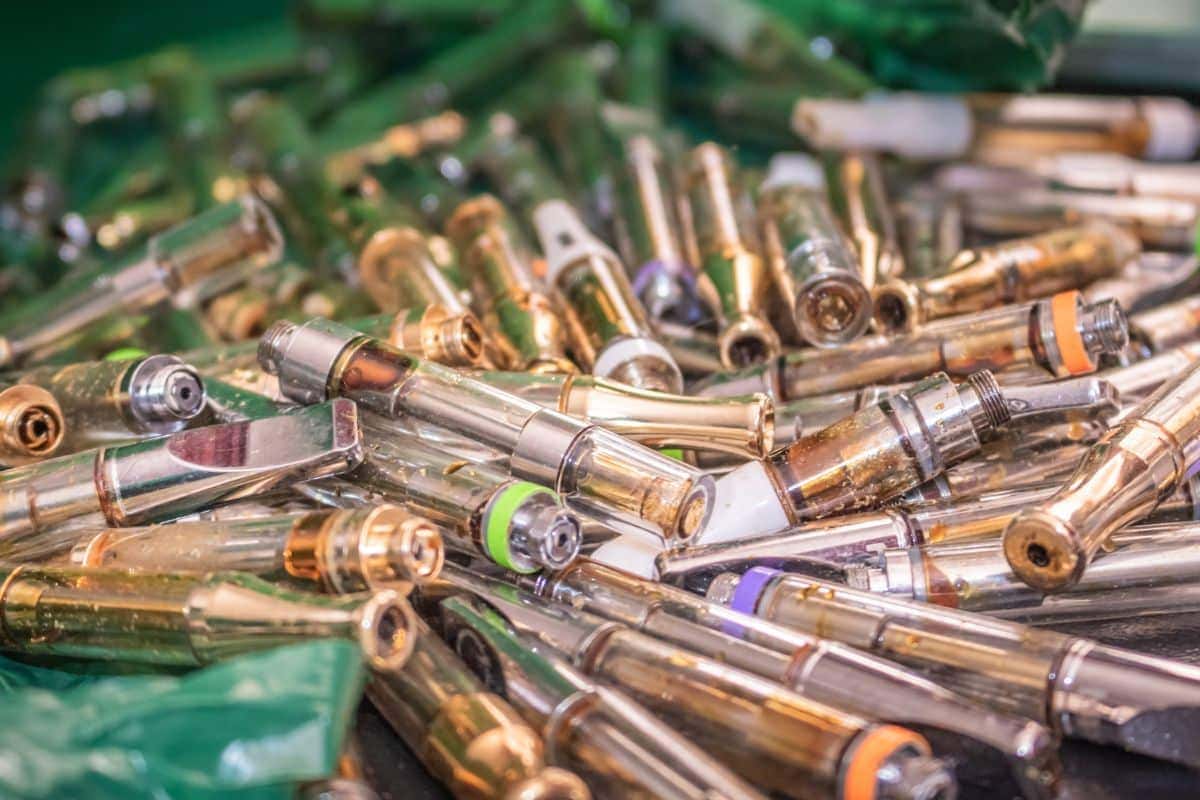
Cartridges and Coils
Vape devices consist of several components, one of which is the cartridge that contains the e-liquid or vape juice. These cartridges are available in various sizes and capacities. Another vital part of a vape device is the atomizer, which houses the coil and is responsible for heating the e-liquid and turning it into vapor. Coils come in different materials and resistances, allowing users to customize their vaping experiences.
- Cartridges: Contain the e-liquid and are available in different sizes and capacities.
- Coils: Made from various materials and resistance levels, they can affect the taste and amount of vapor produced.
Rechargeable and Disposable Vapes
There are two main types of vape devices: rechargeable and disposable vapes. Rechargeable vapes typically come in the form of vape pens or box mods and have a longer lifespan. They feature rechargeable batteries and often allow users to replace cartridges or coils, making them more cost-effective in the long run. In contrast, disposable vapes are designed for single use, with no option to recharge or refill. These devices come pre-filled with e-liquid and are discarded once depleted.
| Type | Lifespan | Battery | Cartridge / Coil Replacement |
| Rechargeable Vape | Longer | Rechargeable | Yes |
| Disposable Vape | One-time use | Non-rechargeable | No |
Vape Pens and Vaping Devices
Vape pens and vaping devices are popular options for users who prefer rechargeable units. Vape pens are typically slim and cylindrical, resembling a traditional pen, and often comprise a rechargeable battery, an atomizer, and a mouthpiece. Vaping devices, such as box mods, are usually larger and more customizable than vape pens. They may come with adjustable wattage or temperature settings, allowing users to fine-tune their vaping experiences. It is essential to ensure compatibility between devices and components, such as coils and cartridges, to optimize equipment performance and safety.
Vape Pen: Slim and cylindrical design; often includes a rechargeable battery, atomizer, and mouthpiece.
Vaping Devices (e.g., box mods): Larger and more customizable than vape pens; may offer adjustable settings for a personalized experience.
Remember to verify the compatibility of your device with its components to ensure the best performance and a safe experience.
Vape Juice and E-Liquid Capacity
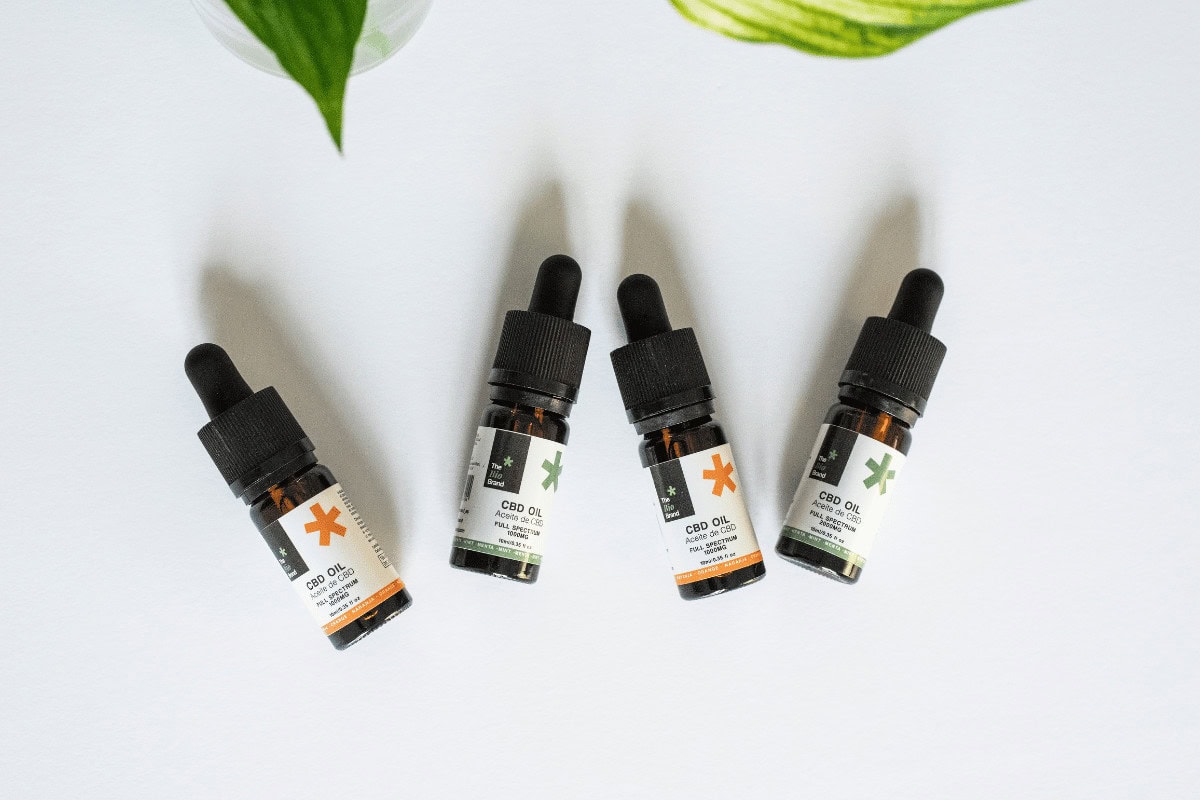
Vape juice, also known as e-liquid, is the liquid solution that is vaporized when using a rechargeable vape device. The e-liquid typically contains a mixture of propylene glycol (PG), vegetable glycerin (VG), nicotine, and flavorings. The nicotine content and flavor profiles vary based on the user’s preference, and there are even nicotine-free options available for those who want to enjoy vaping without the addictive substance. The e-liquid capacity of a vape device is an important factor in determining how long a rechargeable vape will last before needing a refill.
The capacity of an e-liquid tank varies among different vape devices, ranging from 2ml to over 6ml in some cases. The more e-liquid a device can hold, the longer it can last between refills. However, it is essential to consider the user’s vaping habits, such as the frequency of use and the intensity of puffs. Heavy users may consume e-liquids more quickly than those who vape infrequently or at a lower intensity. Therefore, vapers should select a device with an e-liquid capacity that aligns with their vaping habits.
One aspect that may also affect the e-liquid capacity needed is the nicotine strength of the vape juice. Higher nicotine content may lead to less frequent use, as the user feels satisfied with fewer puffs. In this case, a smaller e-liquid capacity might suffice, while users who prefer lower nicotine strengths might need a higher-capacity tank to keep up with their usage.
When it comes to the choice of vape juice, the strain of the e-liquid can contribute to the overall satisfaction and longevity of a device as well. Some strains may have a stronger flavor or higher nicotine content, which can affect how often a user vapes. Hence, it is crucial to choose a vape juice that complements the user’s preferences and usage style.
In conclusion, the e-liquid capacity of a rechargeable vape is a crucial factor in determining how long the device will last before needing a refill. Users should consider their vaping habits, nicotine strength preferences, and desired strain when selecting a device with the appropriate e-liquid capacity. By selecting a suitable vape device and e-liquid, users can optimize their vaping experience and ensure their rechargeable vape lasts as long as possible.
Vape Coils, Atomizer, and Vapor Production
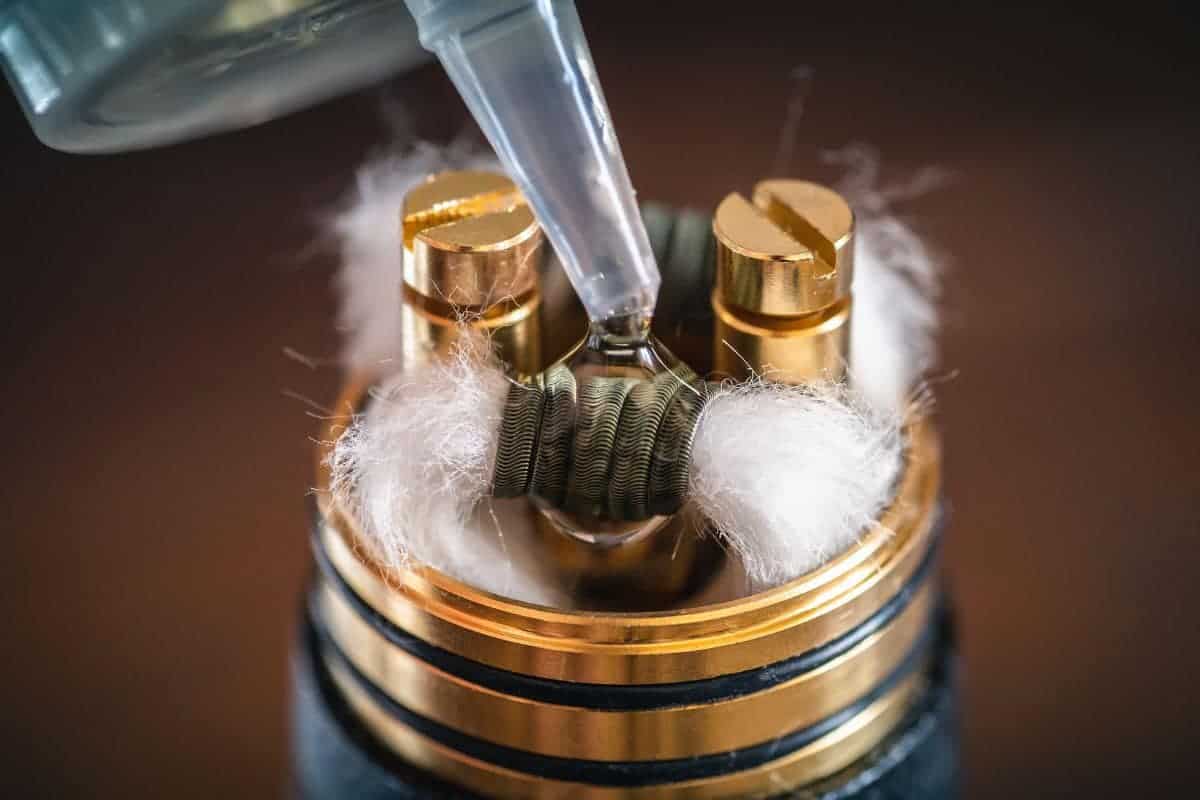
The quality and lifespan of a rechargeable vape largely depends on its components, particularly the vape coils, atomizer, and vapor production. Each of these components contributes to the overall performance of the vaping device.
Vape coils are essential for heating the vape juice and creating vapor. They are generally made from materials like Kanthal, nichrome, and stainless steel. The choice of coil material and its resistance level can significantly impact the flavor, vapor production, and battery life of the device. It is important to replace vape coils regularly to maintain optimal performance. On average, coils should be replaced every 1 to 4 weeks, depending on usage and coil quality.
Atomizers are the components responsible for vaporizing the e-liquid. They contain the coil and a wick that absorbs the vape juice. There are various types of atomizers, including rebuildable dripping atomizers (RDAs), rebuildable tank atomizers (RTAs), and sub-ohm tanks. RDAs and RTAs require manual installation of coils and wicking, while sub-ohm tanks come with pre-made coil heads. Users with experience in coil building and wicking may prefer RDAs and RTAs for better customization and control over vapor production.
Vapor production largely depends on the type of vape device, coil resistance, and airflow. Sub-ohm vaping devices, with coil resistance below 1 ohm, can produce larger clouds and more intense flavors due to the higher wattage and heat generated. Users looking for a discreet vaping experience might opt for devices with higher resistance coils, as they generally produce less vapor. Additionally, adjustable airflow systems provide further customization options for the vaping experience, allowing users to find their preferred balance between flavor intensity and cloud production.
Overall, paying attention to the mentioned components – vape coils, atomizer, and vapor production – is crucial for getting the most out of a rechargeable vape device. Regular maintenance, replacing coils when needed, and selecting devices with suitable features will greatly contribute to a satisfying vaping experience while prolonging the life of the device.
Maintenance, Longevity, and Efficiency
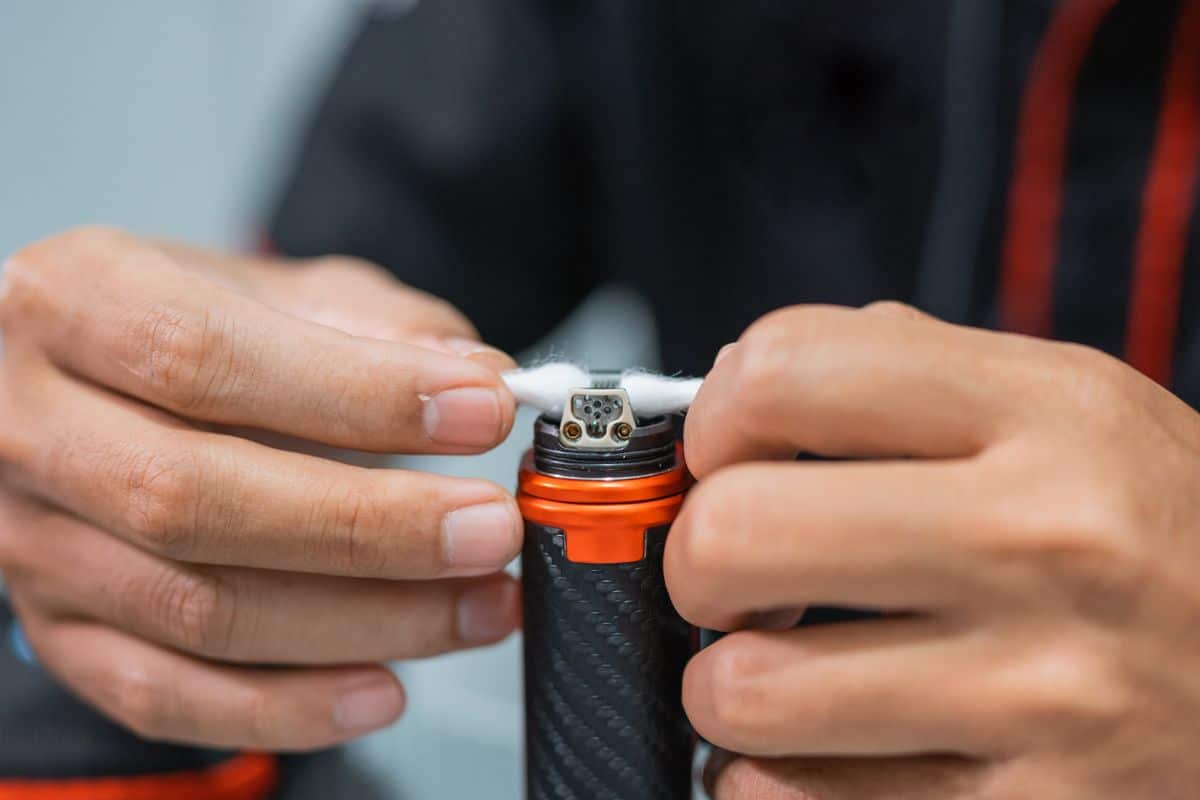
Rechargeable vapes are popular among users due to their convenience and eco-friendly nature. One essential aspect to consider when choosing a rechargeable vape is the overall maintenance, longevity, and efficiency of the device.
When it comes to battery life, rechargeable vapes can vary significantly. Battery life depends on factors such as battery capacity, frequency of use, and power output. Some devices have a built-in battery, while others use replaceable batteries. It is essential to charge the batteries responsibly and according to the manufacturer’s guidelines to extend the battery life of your rechargeable vape.
Longevity is also a crucial aspect when selecting a rechargeable vape. A well-maintained and high-quality vape can last several years with regular use. Factors that can affect the longevity of a vape include the materials used in its construction, the quality of the heating element, and proper cleaning and maintenance.
More expensive vapes are often made of higher quality materials and have advanced heating technologies, leading to better longevity and overall performance. Proper care, like cleaning the tank and replacing the coils when necessary, helps to ensure that the vape continues to function well over time.
Most rechargeable vapes require low maintenance, as they typically have few parts that need to be replaced or cared for regularly. Some essential maintenance tasks include regularly cleaning the mouthpiece, tank, and battery connections, replacing the coil or heating element when it wears down, and using only the recommended e-liquid or concentrate. These simple measures can help extend the life of your vape and ensure a consistent vaping experience.
Efficiency is another important characteristic of a good rechargeable vape. Efficient vapes provide a satisfying and smooth experience with minimal waste of e-liquid or concentrate. Factors impacting efficiency include the heating element, power settings, and battery life. Look for vapes with adjustable power settings and high-quality heating elements, as these typically offer better efficiency and performance.
In conclusion, when choosing a rechargeable vape, prioritize devices that offer a balance of maintenance, longevity, and efficiency. Consider the battery life, heating element, and the overall quality of the device. With proper care and maintenance, your rechargeable vape can provide an enjoyable and satisfying experience for years to come.
Environmental and Cost Considerations
Rechargeable vapes are becoming more popular as a more environmentally friendly and cost-effective alternative to disposable vapes. In comparison to traditional cigarettes and disposable vape pens, rechargeable vapes can help reduce waste and save money for users.
One of the main benefits of using rechargeable vapes is their lower environmental impact. Disposable vapes generate a significant amount of waste due to their single-use nature. This waste includes not only the devices themselves, but also the packaging materials. In contrast, rechargeable vapes can be reused multiple times, which substantially reduces the amount of waste generated. Additionally, using reusable vapes can help offset some of the environmental damage caused by cigarette production and disposal.
Another advantage of rechargeable vapes is their cost-effectiveness. Although the initial investment for a rechargeable vape may be higher than purchasing a disposable vape, the long-term savings can be significant. This is because disposable vapes have a finite amount of e-liquid and need to be replaced once they are empty, while rechargeable vapes simply require the user to refill the e-liquid. The cost of e-liquid and replacement parts for rechargeable vapes is generally lower than the recurring cost of purchasing disposable ones.
It is important to note that the lifespan of a rechargeable vape can vary depending on several factors, such as the quality of the device, usage patterns, and proper maintenance. Some rechargeable vapes may last several months to a year or more with proper care, further adding to their cost advantages and environmental benefits.
In conclusion, choosing a rechargeable vape can offer notable environmental and cost benefits compared to disposable vapes and traditional cigarettes. By selecting a reusable vape device, users can reduce waste, minimize their environmental footprint, and save money over time.
User Experience and Vaping Habits

Vaping habits have a significant impact on the longevity of rechargeable vapes. A vaping device’s battery life and overall durability largely depend on the frequency and intensity of use. Many factors contribute to the user experience and the duration for which rechargeable vapes last, such as the number of puffs, nicotine content, and the device’s maintenance.
Users often measure their vaping sessions in terms of puffs. The battery life of a rechargeable vape depends on the number of puffs and the puff duration. On average, a fully charged vape can deliver around 200 to 400 puffs before needing to be recharged. However, this range can vary based on the device’s power settings and the individual user’s vaping habits.
Nicotine content can also play a role in the longevity of rechargeable vapes. Higher nicotine concentrations may cause users to take fewer puffs, potentially leading to longer battery life. On the other hand, lower nicotine levels might result in more puffs per session, which can deplete the battery faster.
Maintaining a clean and functional mouthpiece is another essential factor to consider in the user experience. By routinely cleaning the mouthpiece and avoiding blockages, users can prevent the need for excessive inhaling force, which can help conserve battery life.
The vaping industry is continuously evolving, with new devices being designed to cater to a wide range of user preferences. Smaller, sleeker devices are more portable and can easily fit in a pocket or bag. They may have a shorter battery life compared to their larger counterparts with higher-capacity batteries.
Puff duration and device usage patterns also have a substantial effect on a rechargeable vape’s lifespan. A heavy user who consumes more nicotine and takes longer, deeper puffs may notice their device requires more frequent recharging.
In summary, the user experience and vaping habits significantly impact how long rechargeable vapes last. By considering factors such as puffs, nicotine content, device maintenance, and personal usage preferences, users can optimize their vaping experience and the battery life of their devices.
Frequently Asked Questions
How long can a fully charged rechargeable vape last?
A fully charged rechargeable vape can last anywhere from a few hours to a full day, depending on the battery capacity and the user’s vaping habits. Heavier vapers may need to recharge the device more frequently, while occasional vapers may experience longer battery life.
How frequently do rechargeable vapes need recharging?
The frequency of recharging depends on individual usage patterns and the battery capacity of the device. Some vapers might need to charge their devices once a day, while others may only need to recharge every few days. It is essential to monitor battery life and recharge the device as needed to ensure optimal performance.
Do rechargeable vapes eventually run out of juice?
Yes, all rechargeable vapes require regular refilling of e-liquid or replacement of pre-filled pods or cartridges. The frequency of refilling or replacing depends on the user’s vaping practices and the device’s e-liquid capacity.
What is the average duration of 5000 puffs on a vape?
The duration of 5000 puffs on a vape can vary significantly based on factors such as puff duration and frequency of use. For example, if a user takes an average of 200 puffs per day, it would take approximately 25 days to reach 5000 puffs.
How long do the effects of vaping last in your lungs?
The effects of vaping on the lungs can differ based on factors like the type of e-liquid used and individual lung health. Some people may experience short-term effects like irritation, while others may not notice any immediate effects. However, it is essential to remember that long-term use of vaping products may have unknown health consequences.
What is the typical lifespan of widely used rechargeable vapes?
The lifespan of rechargeable vapes can vary widely depending on factors such as how often the device is used, the quality of components, and overall care and maintenance. Some vapes may last for several months, while others may only last a few weeks. However, most high-quality rechargeable vapes are designed to provide reliable performance for at least six months to a year with proper care and maintenance.

